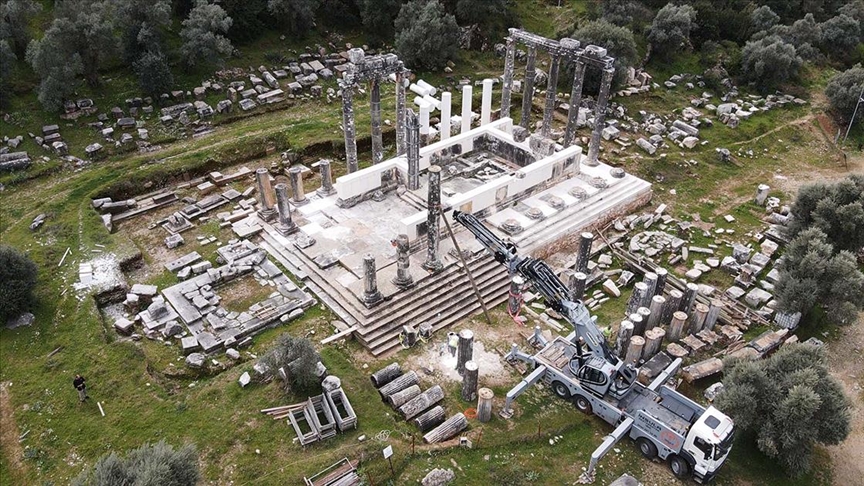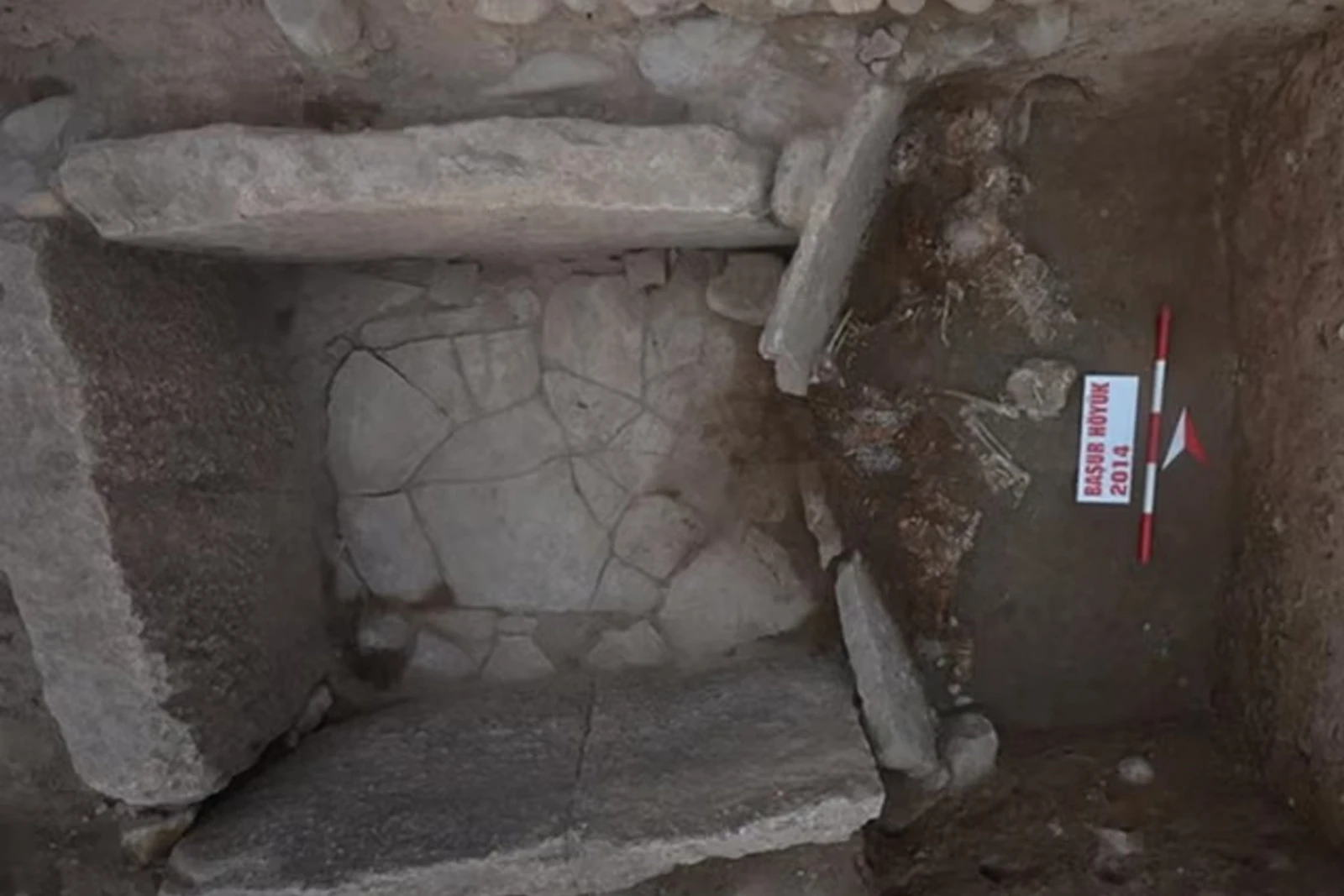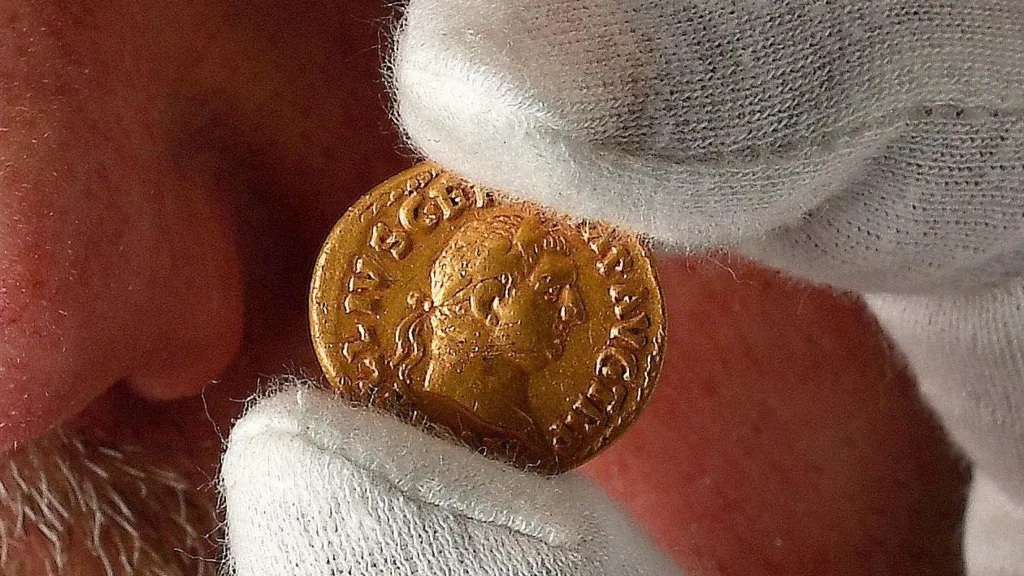The columns of the Temple of Zeus Lepsynos in the ancient city of Euromos, located in the Milas district of Muğla, are being restored under the “Heritage for the Future” project. 1 The works in the temple, built in the 2nd century BC, aim to make the columns earthquake-resistant.
Assoc. Prof. Dr. Abuzer Kızıl, a faculty member of Muğla Sıtkı Koçman University Faculty of Letters, Department of Archeology and the Head of Euromos Ancient City Excavation, stated that the work at the temple has accelerated. Kızıl said that approximately one thousand blocks in the temple were measured one by one, their inventory was taken and their catalogs were made.
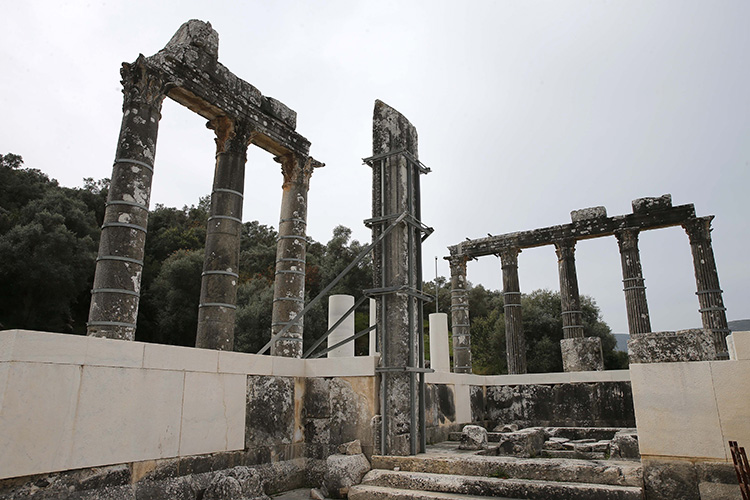
Stating that it is a difficult task to raise the blocks, which were worn and broken over time, again, Kızıl stated that the broken pieces of the architectural blocks were found among hundreds of pieces, cleaned and the abrasions were repaired. Kızıl, who stated that the northern columns of the temple were lowered this year and works were started to lay a solid foundation, noted that all damaged parts will be repaired, strengthened and placed back in their original places.
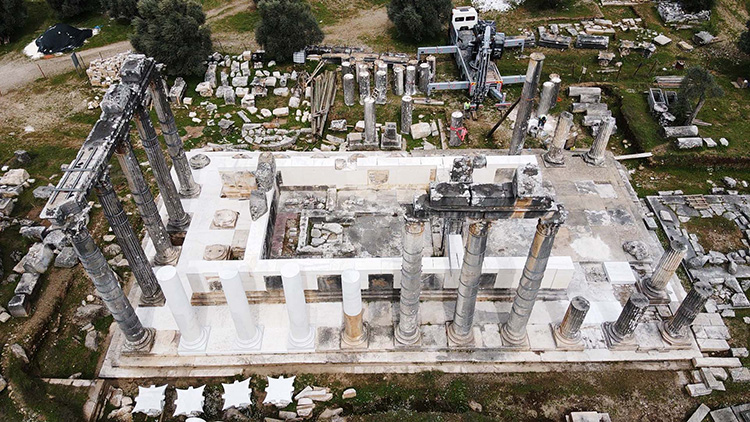
Stating that the north facade will be completely raised first, Kızıl said that works will be carried out on other facades and the temple columns will be connected to each other to make them more resistant to earthquakes. Kızıl stated that the works were carried out in accordance with the ancient methods, and that works will continue in the theater, agora and bath sections of the ancient city, as well as the temple.
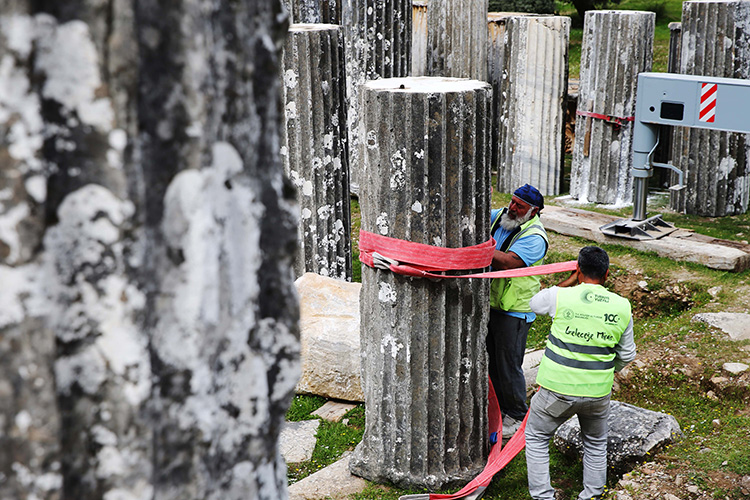
Kızıl stated that the works at the temple will continue until 2028, and said that excavation works will also be carried out around the temple and new data can be obtained. Stating that the excavations in Euromos Ancient City lasted 12 months, Kızıl added that cleaning, drilling, geophysics, mapping, culvert and excavation works were carried out in the ancient city.
Cover Photo: Durmuş Genç/AA
